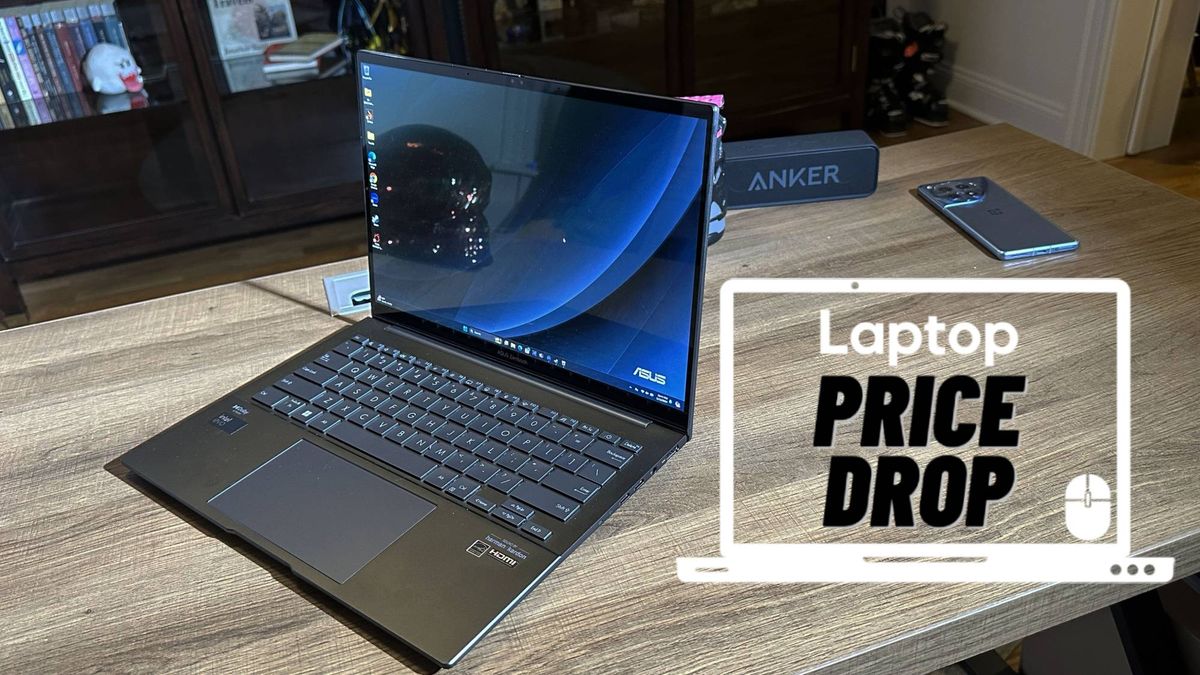
What’s going to drive the digital customer experience conversation in 2023? Probably more of the same from 2022.
2022 was another year when things have moved forward with digital customer experience (DCX). The pandemic has pushed DCX up the agenda, and we’re still seeing organizations investing in improving the way they interact with customers and prospects through websites, apps, social, video and other digital formats.
Digital Experience Platform (DXP) vendors are moving their offerings to provide greater choice through a more granular set of SaaS-based options. And customer expectations around their experiences continue to still be high. Meanwhile there is more focus on the future with mentions of the metaverse as a place for consumers to interact with brands, and the potential role of virtual and augmented reality.
So, what can we expect to see in 2023 in the DCX space? I think it will be largely a continuation of what we’ve seen in 2022, but perhaps with some acceleration of the emerging trends we’ve already started to see. Let’s have a look at five digital customer experience trends for 2023.
1. Agility Infiltrates the Digital Customer Experience Mindset and Toolset
In 2023 teams involved in the digital customer experience space will increasingly strive for agility in everything they do. The ability to respond quickly and flexibly to customer needs and opportunities with reduced time to market has always been valued. But in the past, it hasn’t always been top of mind or easy to achieve. To a certain extent, the pandemic has changed the collective mindset by showing the power and possibility of quickly pivoting to digital solutions, and specifically the advantage of taking more of an MVP approach to launch channels and apps to customers more rapidly.
In 2023 I think being more agile (with a small “a”) will be an explicit strategic aim for more marketing teams than ever before. One of the reasons for this is the DCX toolset is enabling teams to move more quickly and flexibly. There is a de-emphasis on monolithic platforms and inflexible solutions that hold digital teams back, with headless, composable and accelerator platforms with templates and connectors celebrated. This turn toward agility across mindset and toolset will herald a change to how DCX teams operate, and I think we’ll start to see more evidence of this in the coming year.
Related Article: A Decade of Dramatic Change in Digital Customer Experience
2. Composable DXP Continues to Build Momentum as an Orchestration Ecosystem Evolves
One of the directions of travel for DXP providers is to facilitate a more agile toolset is the development of the “composable DXP”. If you’ve been following the DXP space in 2022, you’ll probably agree that “composable” has been one of the words of the year, and we can fully expect that to be the case in 2023, too, as the composable DXP continues to build momentum.
A composable DXP is essentially a best-of-breed digital ecosystem with complementary SaaS, cloud-native tools from multiple providers stitched together through APIs and data flows. Composable architecture offers a more flexible and agile approach to delivering customer experience, avoids vendor lock-in and allows teams to evolve a system with the tools they love. But the reality of the theory is often compounded by the reality of setting up a composable DXP and the problem of orchestrating content and workflows through a set of differing systems.
In 2023 it’s likely that vendors will continue to offer cloud-native services with APIs that can fit into a composable DXP, and that more customers will start to evolve their composable systems. But we’ll also start to see more products emerging similar to Uniform or Sitecore Connect that contribute an orchestration layer and make it easier to achieve a composable DXP in practice.
Related Article: 8 Things to Know About Composable DXP
3. DXP Vendors and Customers Are Moving Rapidly Ahead With Headless
Headless publishing is another area that has gained more attention in 2022, and in the coming year I think we’re going to really start to see both vendors and customers ramping up their headless efforts. Forgive the pun, but I think 2023 will be the year we truly start making headway with headless.
In my experience, there has been a lack of awareness among digital marketing teams about what headless publishing is and its advantages which has held back progress. The term headless and talking about decoupling the CMS from the front-end experience term still sounds like an IT-centric view of the publishing process, and it may have led to some resistance.
However, if we talk about the power of publishing the same base content across multiple experiences across multiple channels and having a more accessible system for keeping your content in, then the benefits of headless are clearer to see. DXP vendor support for headless publishing is now making it far more achievable, and I think the message is starting to get through. For example, at Cylogy, we’re certainly getting more queries about headless and the agility and efficiency it can bring to content management.
Related Article: Content Teams: Beware the Headless CMS
4. Low-Code/No-Code Solutions Extend the Power of Digital Marketing Teams
“Low code no code” is an overused term, but it’s heavily influencing the DXP space by extending the ability of non-IT professionals to create sophisticated digital experiences without the need to rely on backend and frontend developers. In 2023 we can expect to see more DXPs invest in tools that allow digital marketing teams to do more, as well as enhance existing offerings.
While the use of templates and connector libraries is enabling low-code/no-code solutions, there is also a healthy investment in configuration and orchestration interfaces, as well as editing experiences, which make solutions easier to use. This focus on improved usability is even allowing digital marketing teams to involve more content producers from outside the digital marketing team to author content directly into a CMS or DXP. There are also a growing number of “accelerator” products that allow non-IT teams to create an MVP version of a site leveraging site and page templates with configurable layout options.
It’s also worth noting that developers also leverage low-code/no-code options to increase the speed to market for website development, so the continuing evolution of these tools is welcome all round.
Related Article: No-Code/Low-Code Solutions Could Be Answer to Better Customer Experience
5. The Metaverse Leaves Many Marketers Scratching Their Heads
In 2022 we heard a lot about the metaverse, not all of it positive, particularly in relation to Meta’s investment in the space. In 2023 I don’t think the media and marketing attention is going to get any quieter, and I expect there will be much written about the future potential of the metaverse, incorporating quite a wide set of definitions of what the metaverse entails.
Will the attention yield actual action from marketing teams in terms of developing strategies, making investments and dipping their toe in actual projects? I doubt it. I think the metaverse still leaves many marketers scratching their heads with widespread confusion about what it actually is and the benefits it will bring. Meta’s hijacking of the term is just one of the factors that has muddied the waters, but it’s also because we are at too early a stage.
I don’t doubt that the metaverse will eventually be a place that brands engage with their customers, but I think 2023 is still going to be a year when the majority of digital marketing teams choose to adopt a “wait and see” attitude.
Related Article: Will the Metaverse Revolutionize Marketing and Customer Experience?
Another Good Year for DCX
Making end of year predictions is always hazardous — getting things wrong isn’t a great look!
However, I’m confident that 2023 will be another good year for DCX with more attention and focus on the space, and evolution of the tools that enable successful customer experiences.






